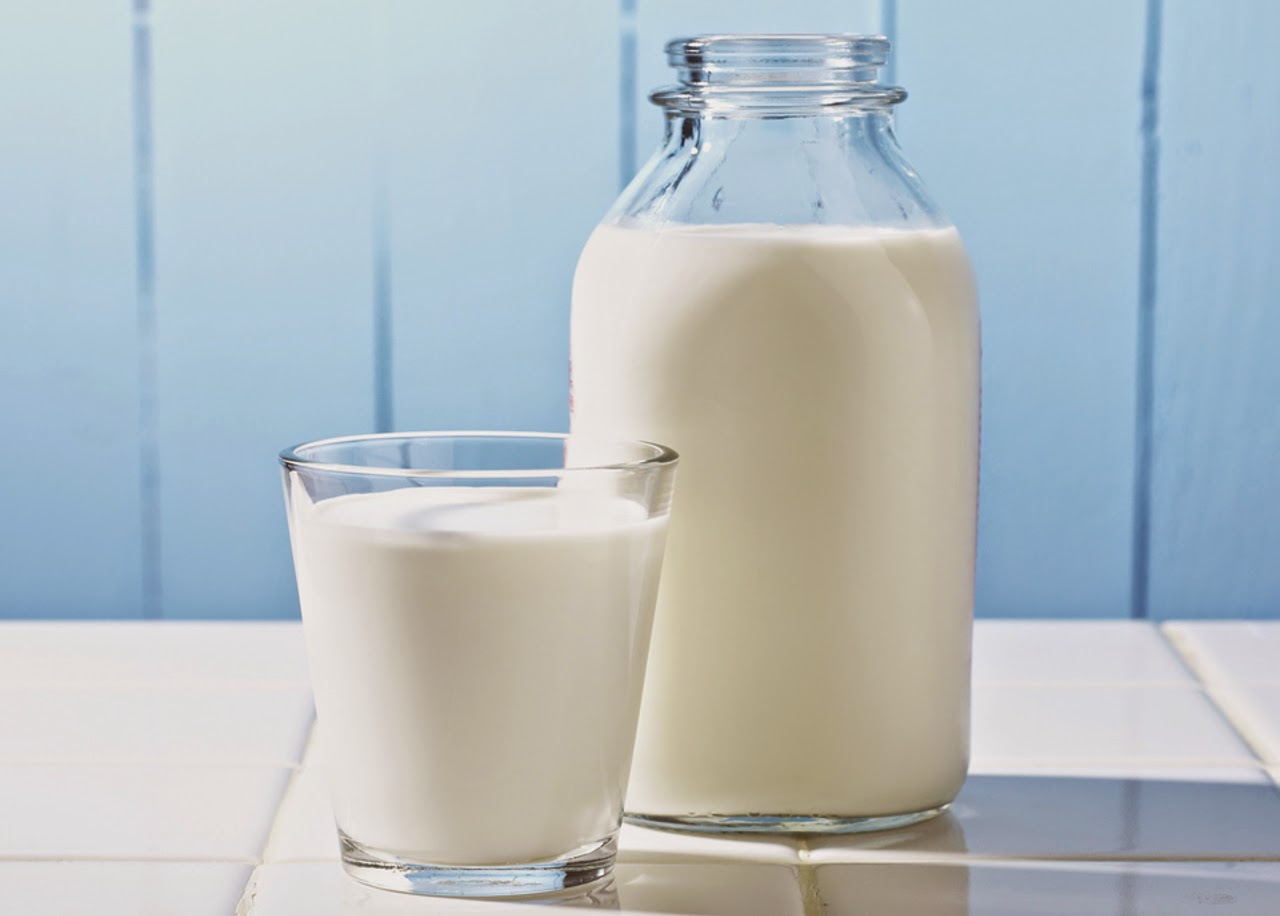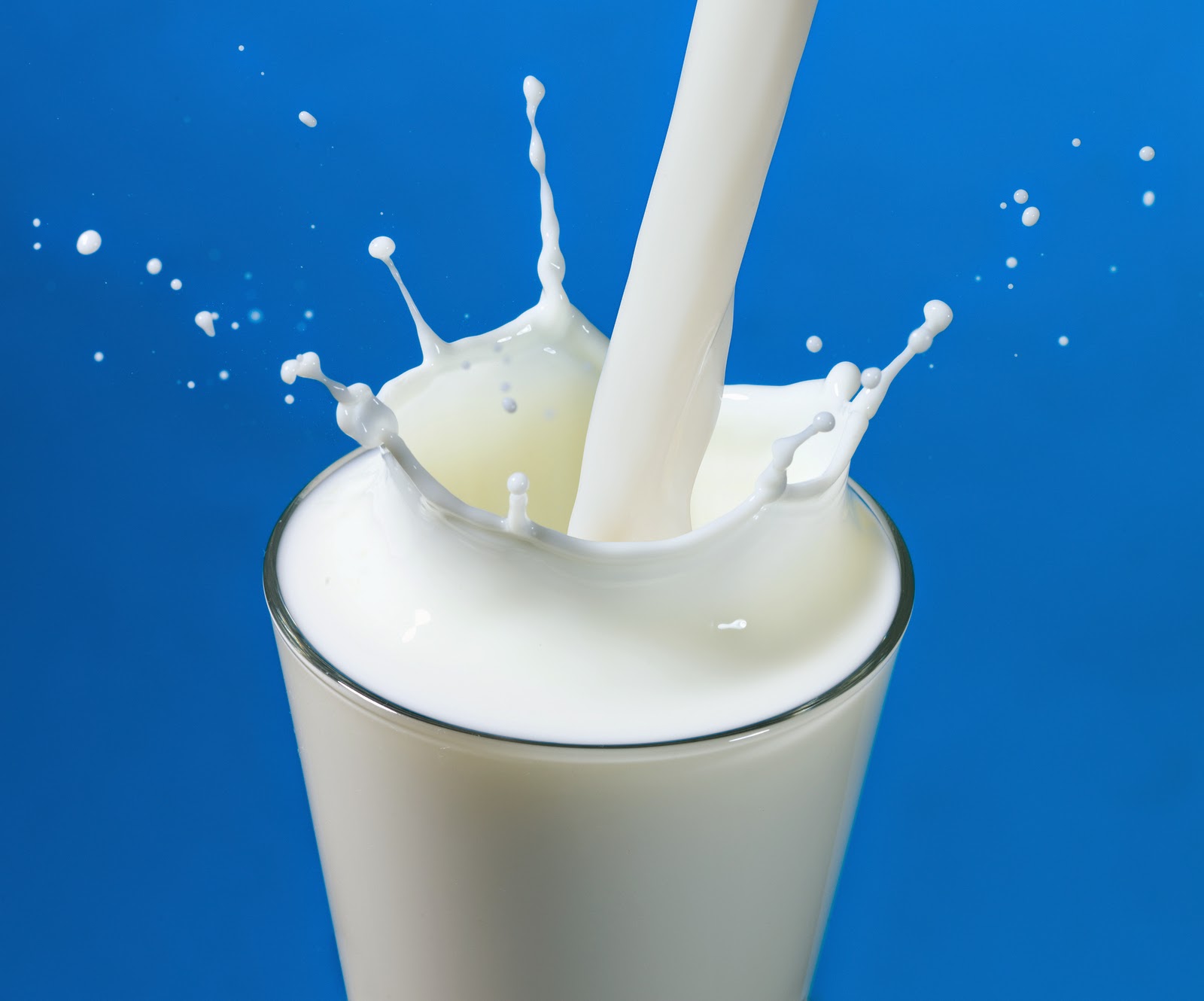Everything You Need To Know About Milk: A Comprehensive Guide
Milk is not just a staple in many households; it is a complex beverage that has been consumed for thousands of years, playing a crucial role in nutrition and culture worldwide. In this article, we will delve deep into everything about milk, from its nutritional benefits to its various types and the controversies surrounding it. Whether you are a milk lover or someone who is lactose intolerant, this guide aims to provide you with valuable insights into this versatile liquid.
In today’s health-conscious society, milk often sparks debates regarding its benefits and potential drawbacks. Some people extol its nutritional virtues, while others raise concerns about lactose intolerance and dairy allergies. This article aims to provide a balanced view, backed by scientific research, to help you make an informed decision about incorporating milk into your diet.
Table of Contents
- Biographical Overview of Milk
- Types of Milk
- Nutritional Benefits of Milk
- Lactose Intolerance and Alternatives
- Milk in Different Cultures
- Health Concerns Surrounding Milk
- Sustainable Dairy Practices
- Conclusion
Biographical Overview of Milk
Milk is a nutrient-rich liquid food produced by mammals, primarily for feeding their young. It contains a unique combination of nutrients, making it an essential part of the diet for many individuals. Below is a brief overview of its essential characteristics:
| Attribute | Description |
|---|---|
| Scientific Name | Milk |
| Origin | Produced by mammals (cows, goats, sheep, etc.) |
| Main Nutrients | Calcium, protein, vitamins (A, D, B12), fats |
| Common Uses | Drinking, cooking, baking, dairy products |
Types of Milk
Milk comes in various types, each with its own unique profile and benefits. Below are some of the most common types:
1. Cow's Milk
- Whole milk: Contains about 3.25% fat.
- 2% milk: Reduced-fat milk with 2% fat.
- Skim milk: Fat-free milk with less than 0.5% fat.
2. Plant-Based Milk Alternatives
- Almond milk: Low in calories and lactose-free.
- Soy milk: High in protein and often fortified with vitamins.
- Oat milk: Creamy texture, great for coffee and baking.
3. Goat's Milk
Goat's milk is often easier to digest than cow's milk due to smaller fat globules and a different protein structure. It is rich in calcium and vitamin B6.
Nutritional Benefits of Milk
Milk is a powerhouse of nutrients and offers several health benefits:
- High in calcium, essential for bone health.
- Contains vitamin D, which helps in calcium absorption.
- Rich source of protein, vital for muscle growth and repair.
- Provides essential fatty acids, particularly in whole milk.
According to the National Dairy Council, one cup of milk provides about 30% of the daily recommended intake of calcium and 15% of vitamin D. This makes milk an excellent choice for maintaining healthy bones and teeth.
Lactose Intolerance and Alternatives
Lactose intolerance is a common condition that affects millions worldwide, leading to digestive issues when consuming dairy products. Fortunately, there are several alternatives available for those who are lactose intolerant:
- Lactose-free milk: Treated to remove lactose.
- Plant-based milks: Almond, soy, oat, and coconut milk.
- Fermented dairy products: Yogurt and kefir, which may be easier to digest.
Milk in Different Cultures
Milk has played a significant role in various cultures around the world:
- In India, milk is considered sacred and is often used in religious rituals.
- In Europe, cheese-making is a traditional craft, with varieties unique to each region.
- In the Middle East, yogurt is a staple, often served with meals.
Health Concerns Surrounding Milk
While milk is nutritious, there are some health concerns associated with its consumption:
- Allergies: Some individuals may be allergic to proteins found in milk.
- Hormones and antibiotics: Concerns about residues in conventional milk.
- Increased cholesterol: Whole milk may contribute to higher cholesterol levels.
It is crucial to consult with healthcare providers regarding these concerns, especially for individuals with existing health issues.
Sustainable Dairy Practices
As the demand for milk grows, so does the need for sustainable dairy farming practices. Here are some key initiatives:
- Reducing carbon footprints through efficient farming techniques.
- Implementing animal welfare standards to ensure humane treatment.
- Utilizing renewable energy sources in dairy production.
Many dairy brands are now focusing on sustainability, which not only benefits the environment but also improves the quality of milk produced.
Conclusion
In summary, milk is a versatile and nutritious beverage that has been consumed for centuries. Whether you enjoy it in its traditional form or opt for plant-based alternatives, understanding the benefits and considerations surrounding milk can help you make informed dietary choices. If you found this article helpful, please leave a comment below sharing your thoughts, and feel free to share it with others who may benefit from this information! For more articles on nutrition and health, explore our website.
Penutup
Thank you for taking the time to read this comprehensive guide on milk. We hope you found it informative and engaging. Come back soon for more articles that will enrich your understanding of food, health, and wellness!
Understanding Roots: The Foundation Of Plant Life
StPeach: The Rise Of A Gaming Sensation
Beto O'Rourke: A Comprehensive Look At The Rising Political Star


